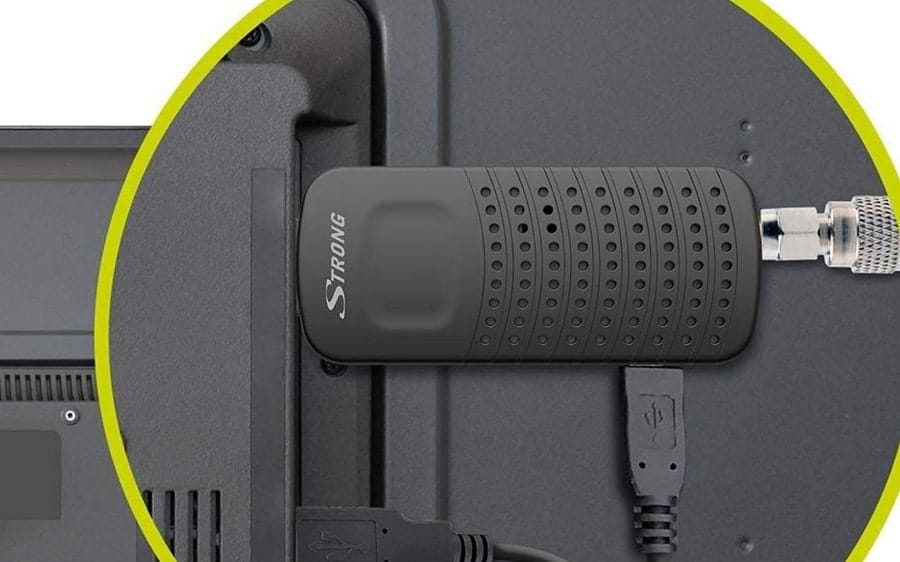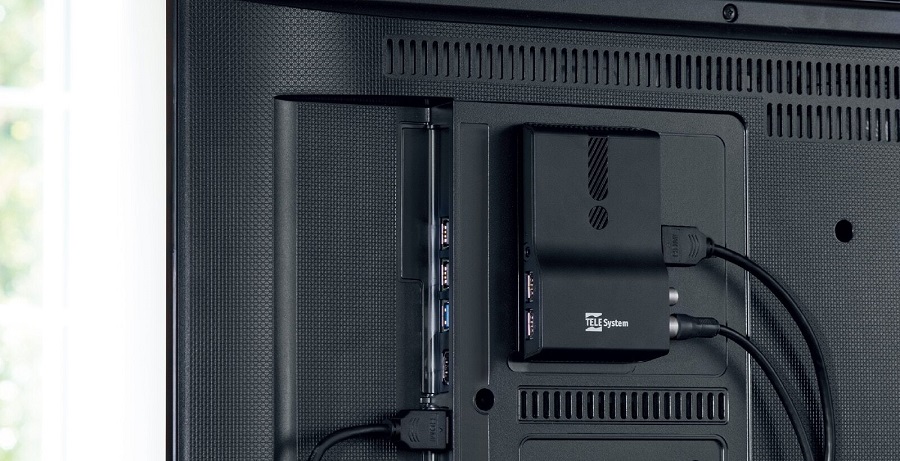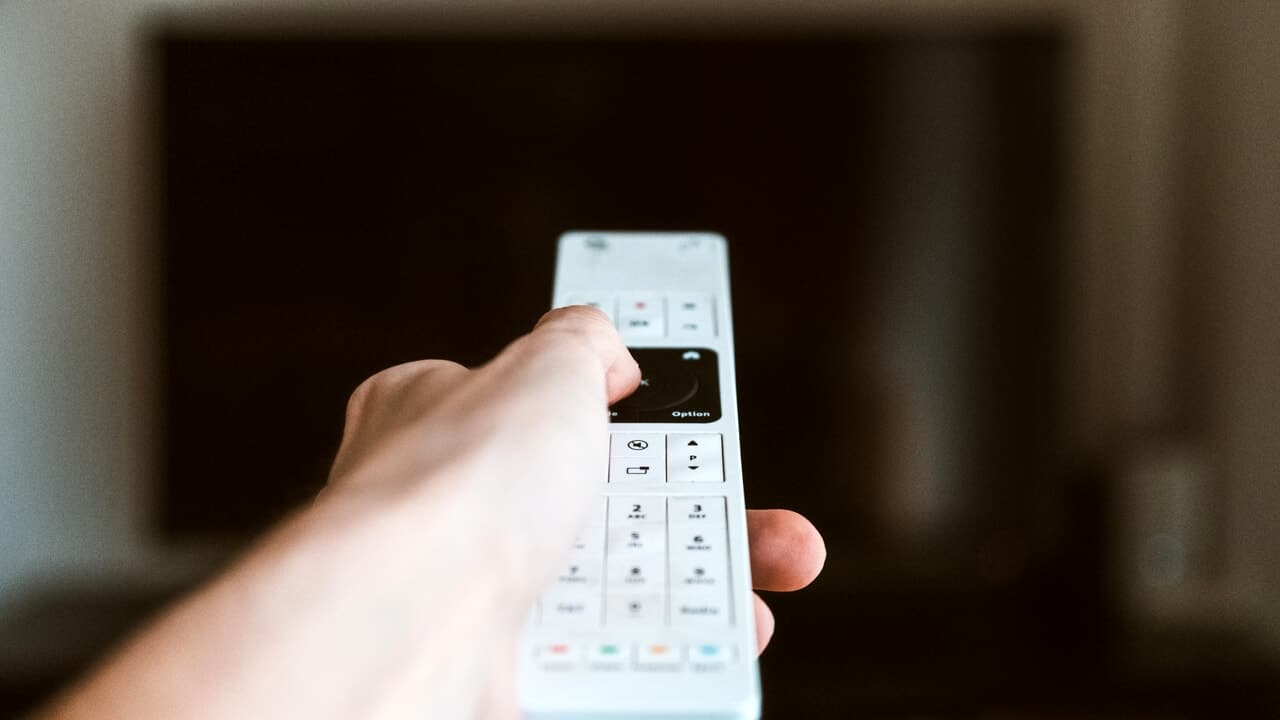It switch off of digital terrestrial is approaching: second generation digital TV DVB–T2 about to arrive. To continue watching your favorite shows, you need to change TV or point to a decoder. To optimize space and save money, many are aiming for retractable decoder (or mini decoder), the size of a USB stick. But how do they work and, above all, are they worth buying? In this article we therefore try to understand what retractable decoders are for digital terrestrial and possibly which ones to choose.
What are retractable decoders for digital terrestrial
Already starting from8 March 2022 all national channels will be broadcast with the codec MPEG-4, so all TVs that won’t be able to watch them. For a transient period you will still be able to watch some channels with the MPEG-2 standard, but it won’t last long.
To check if your TV can handle the new signals, go tol channel 100 for the RAI test or on 200 for the Test Mediaset. If in these two channels you can read the writing Test HEVC Main10, you shouldn’t have any problems.
If not, you’ll have to change your TV or switch to a digital decoder. If size is not a problem and maybe you are looking for some more options, you can read the article below.
If, on the other hand, you are interested in hideaway decoders, here is a quick overview of what they are and which are the best.
What are the retractable decoders for DVB-T2 digital terrestrial

Compared to standard size decoders, a typical mini decoder is much less bulky: it measures little more than a USB stick, less than ten centimeters long and a couple thick. Although there are different shapes and different sizes.
In addition, standard decoders need to be placed under or on top of the television due to their size (they usually measure just over 10 × 10 centimeters). The retractable decoders can be inserted directly into the HDMI socket of your TV, without the need to take up space on a piece of furniture. Instead, they rank behind your television, disappearing from view.
However, these devices do need power – usually you need to plug a second cable into your TV’s USB socket. For those who have already used one Chromecast, Fire Stick o un dispositivo simile, the connections are practically the same. But unlike casting devices, which take the signal from your smartphone or computer via WiFi, these decoders use the infrared signal from the remote control. So a infrared receiver will be visible to receive your inputs.
Pros and cons: A DVB-T2 retractable decoder is worth buying
The main advantage of these devices compared to a classic-sized decoder is immediately evident: they are smaller, so much so disappear from sight. They could also be a great solution if you have installed the TV on a wall hanging arm (but first check there is enough space for the decoder of your choice). In this way you will not have to find a piece of furniture to place the decoder or leave it awkwardly in the balance.
But there are also cons. If your device does not have (or has few) USB socketsyou may find yourself forced to creative solutions to power the device, or to continue removing the USB stick on which you have saved your family photo or video collection.
In addition, the little space in the device prevents it from having in almost all cases enough internal memory to save TV broadcasts and watch them on a deferred basis, a function present in many DVB-T2 decoders of classic dimensions.

Finally, having less space to vent the heat, you run the risk of the device getting too hot on hot days. Nothing serious should happen, but it could last less than a larger decoder (although this also depends on the construction qualities).
Which ones to choose and how much to spend
These devices, while not having all the functions of the larger variants, are priced similarly due to the greater optimization in the construction phase. So don’t expect big price difference – we’re talking about a price that varies between 30 and 40 euros. A little more than the basic classic decoders and a little less than those with more functions (there are about ten euros that fluctuate, which however are 25-30% of the total price).
Trevi HE 3361 T2 Mini Digital Terrestrial Decoder
This product offers DVB-T2 signal reception in a compact and easy to install device, although you need to connect USB and HDMI cables independently. The infrared receiver also shows the channel: a little extra convenience. But the main advantage is the small size.
Oluote Digital Terrestrial Decoder
Compact and with the signal output in 1080p, this device comes with all possible cables and inputs to connect to your TV. Even the remote solved simple to use but with all the functions you could want.
Dcolor DVB-T2 Decoder Digital Terrestrial Receiver
This solution minimizes the footprint, with the HDMI cable directly connected which, if more difficult to replace, is more resistant in the connection. The remote control also seems particularly elegant and complete to us.
Digiquest Easy Scart VOICE HD
This solution is a bit older but offers some unique functionality. First of all, the possibility of using the old one scart socket (which however many TVs still have) to post the device to the television. You also have the option of inserting a USB stick to record your favorite broadcasts and even a WiFi stick to use advanced features (including voice assistants).
After this journey in the retractable decoders, we still invite you to evaluate the larger ones before choosing, so that you have as many options as possible before choosing. If, on the other hand, you are in the mood for a more important investment, here you can find the list of our best TVs.















Leave a Reply
View Comments